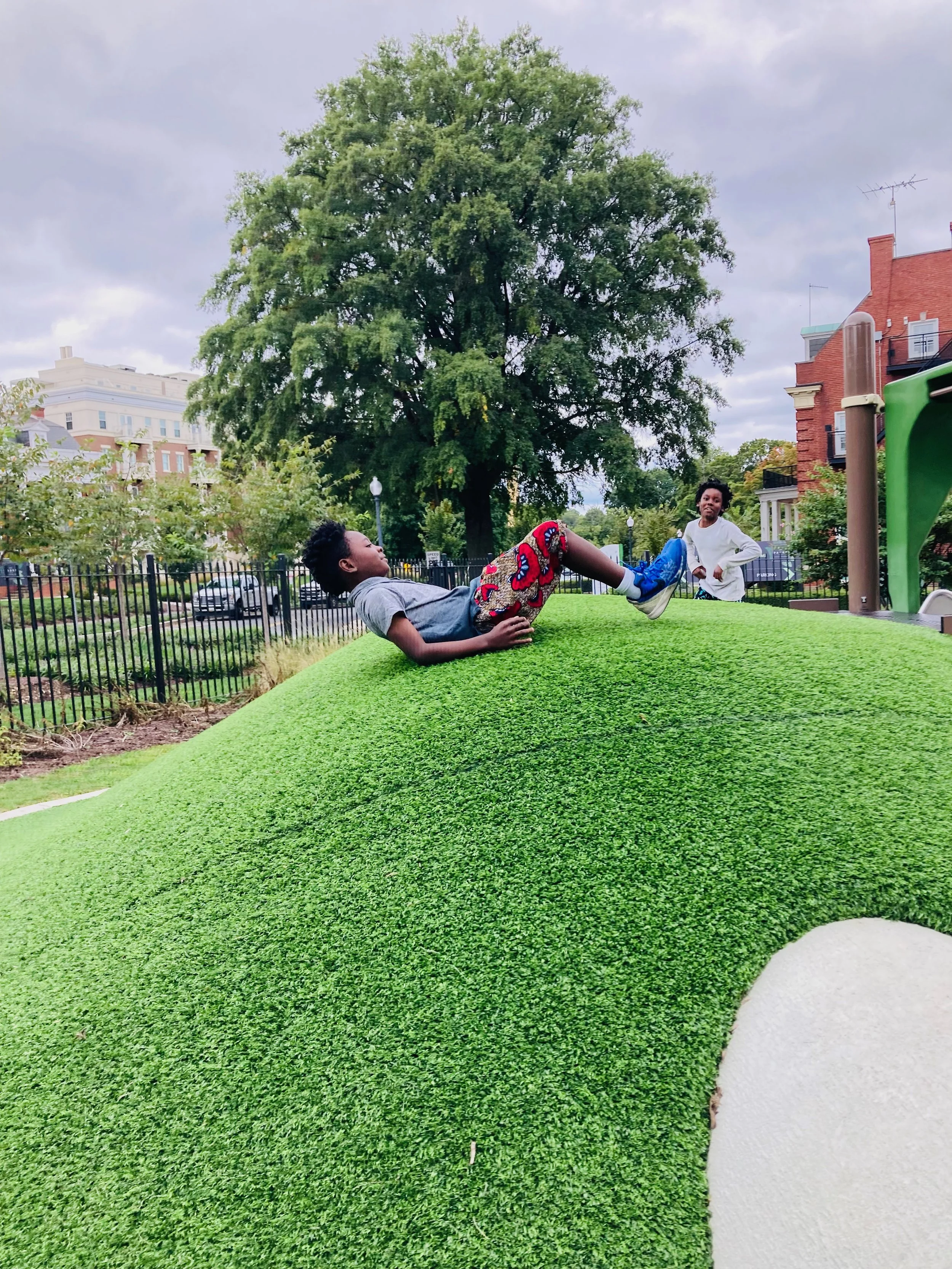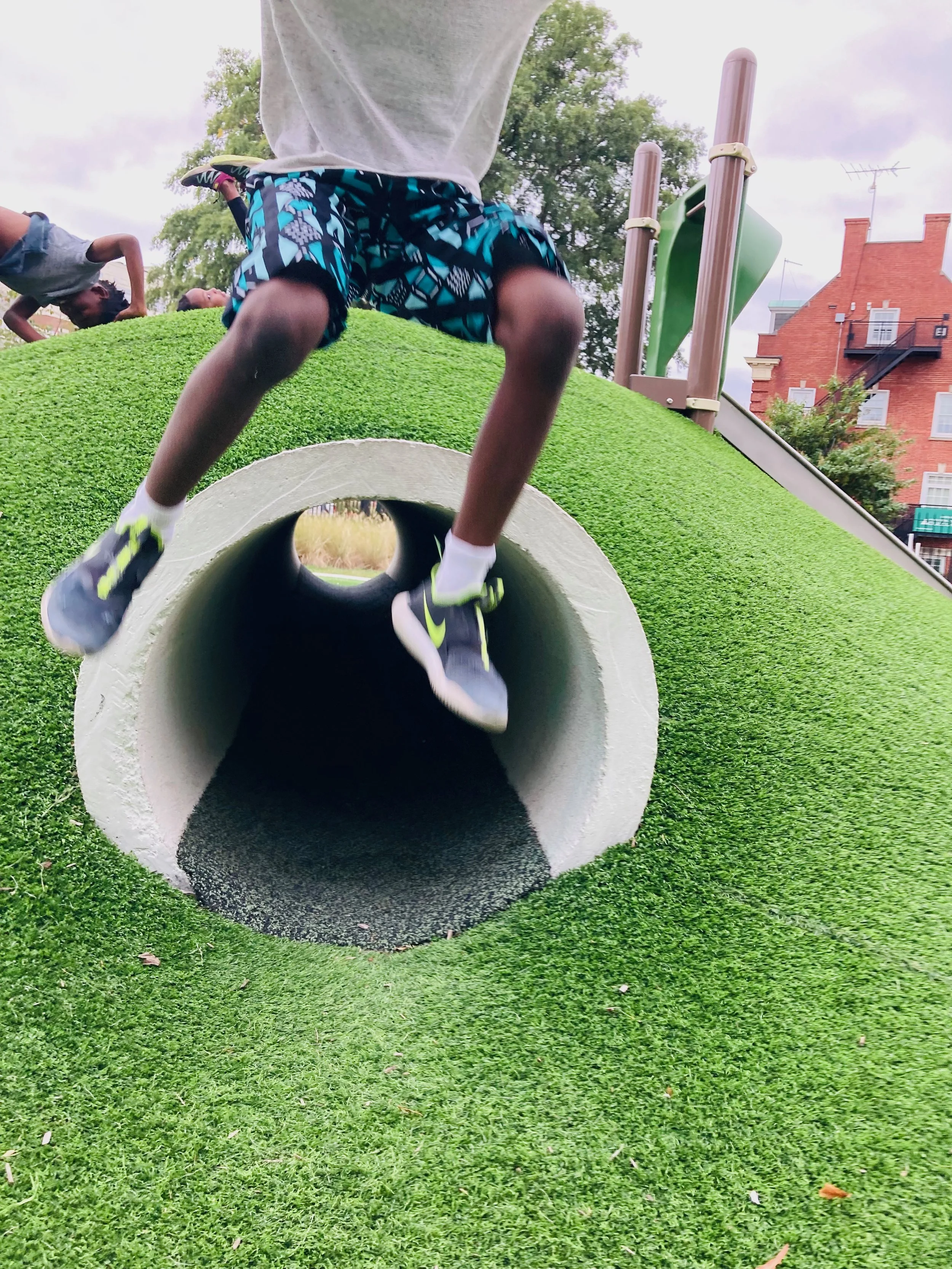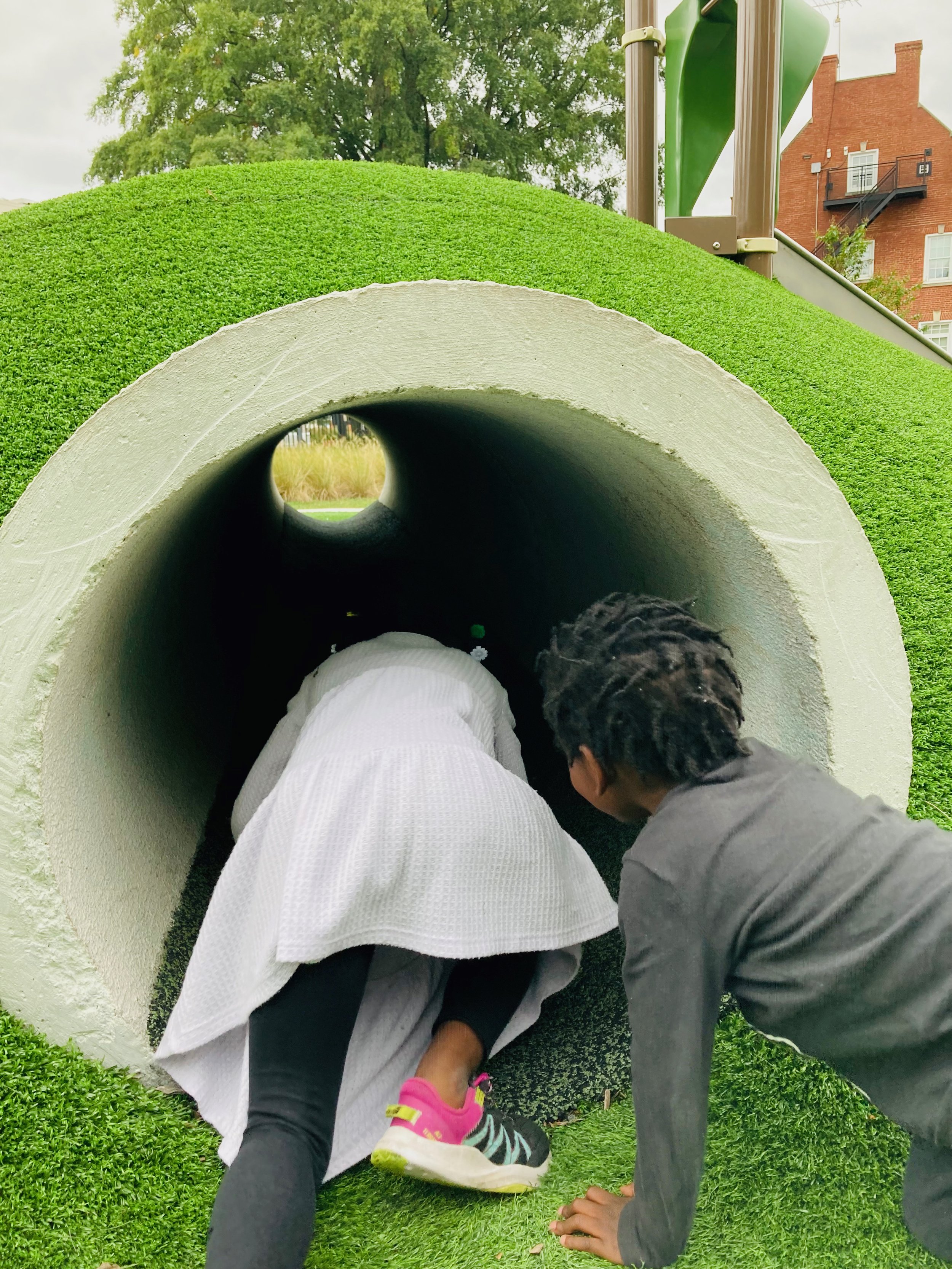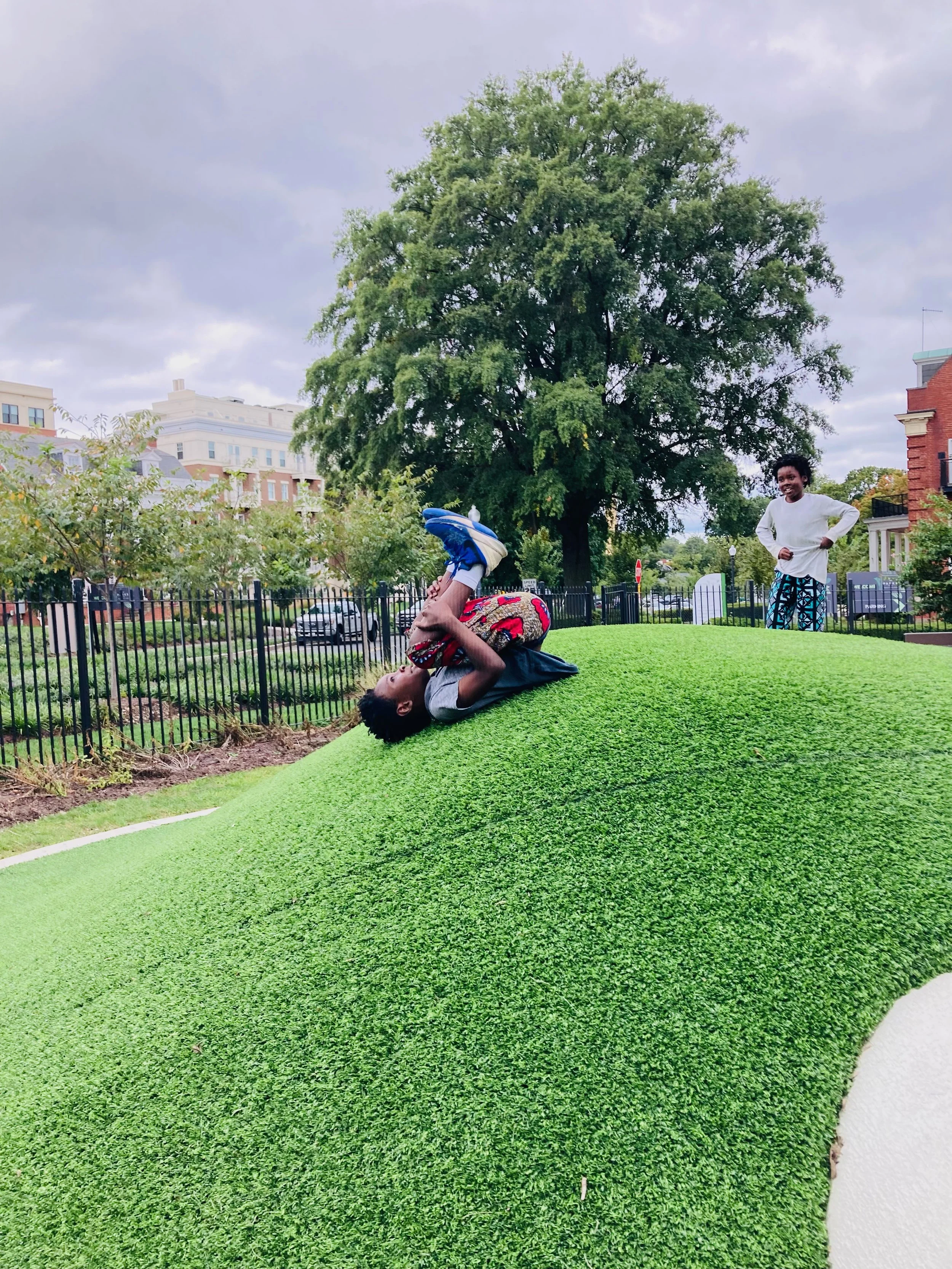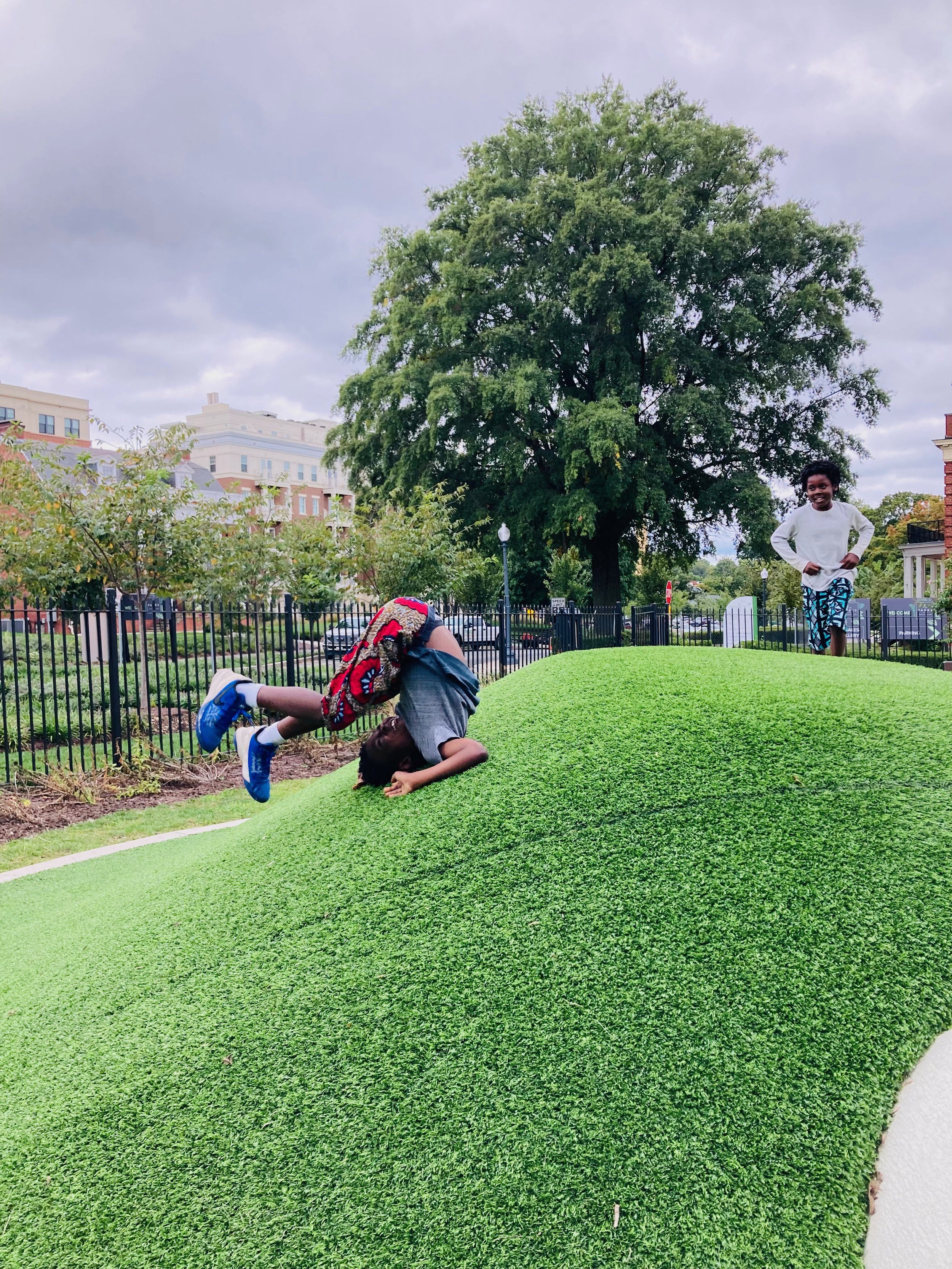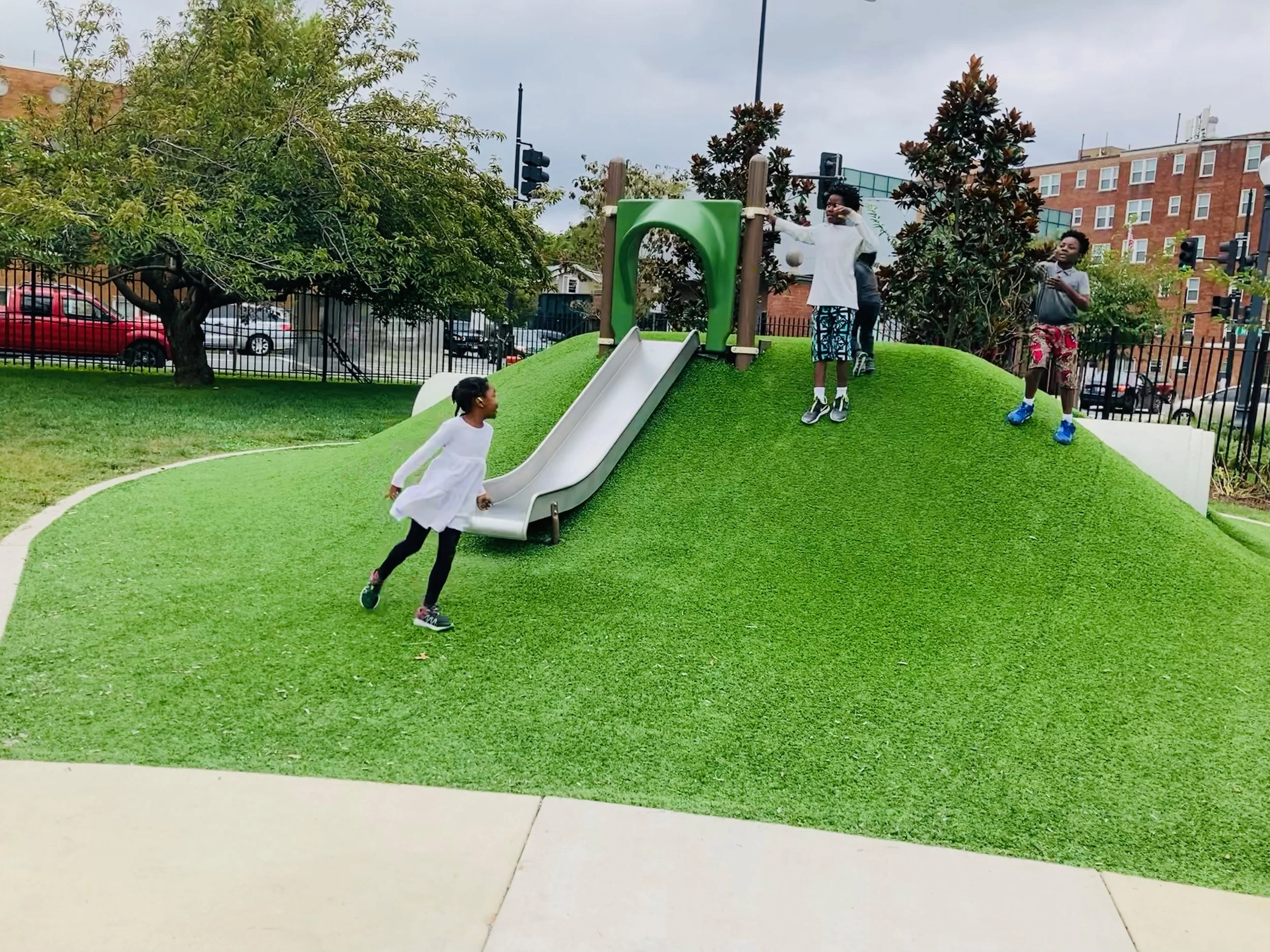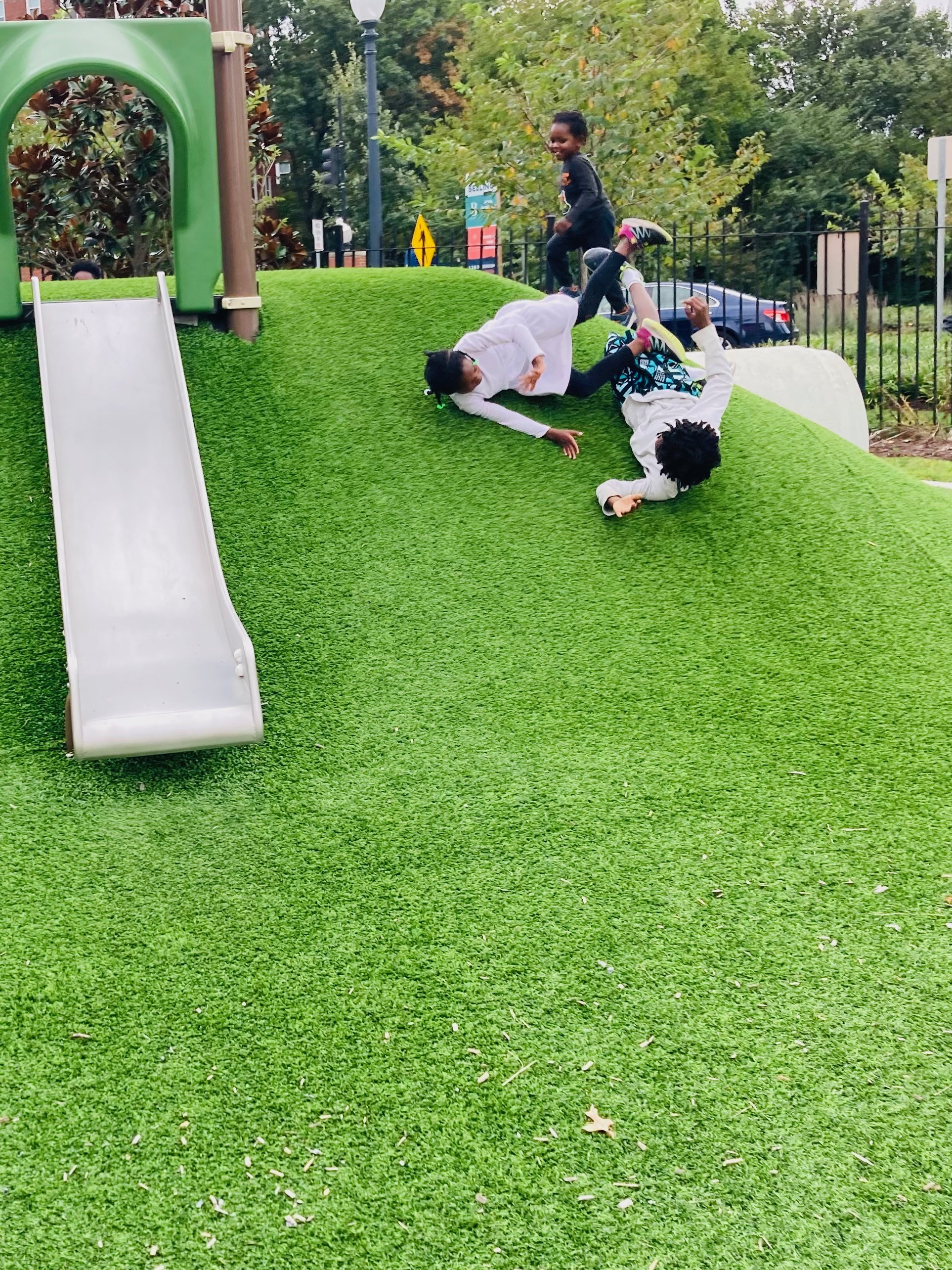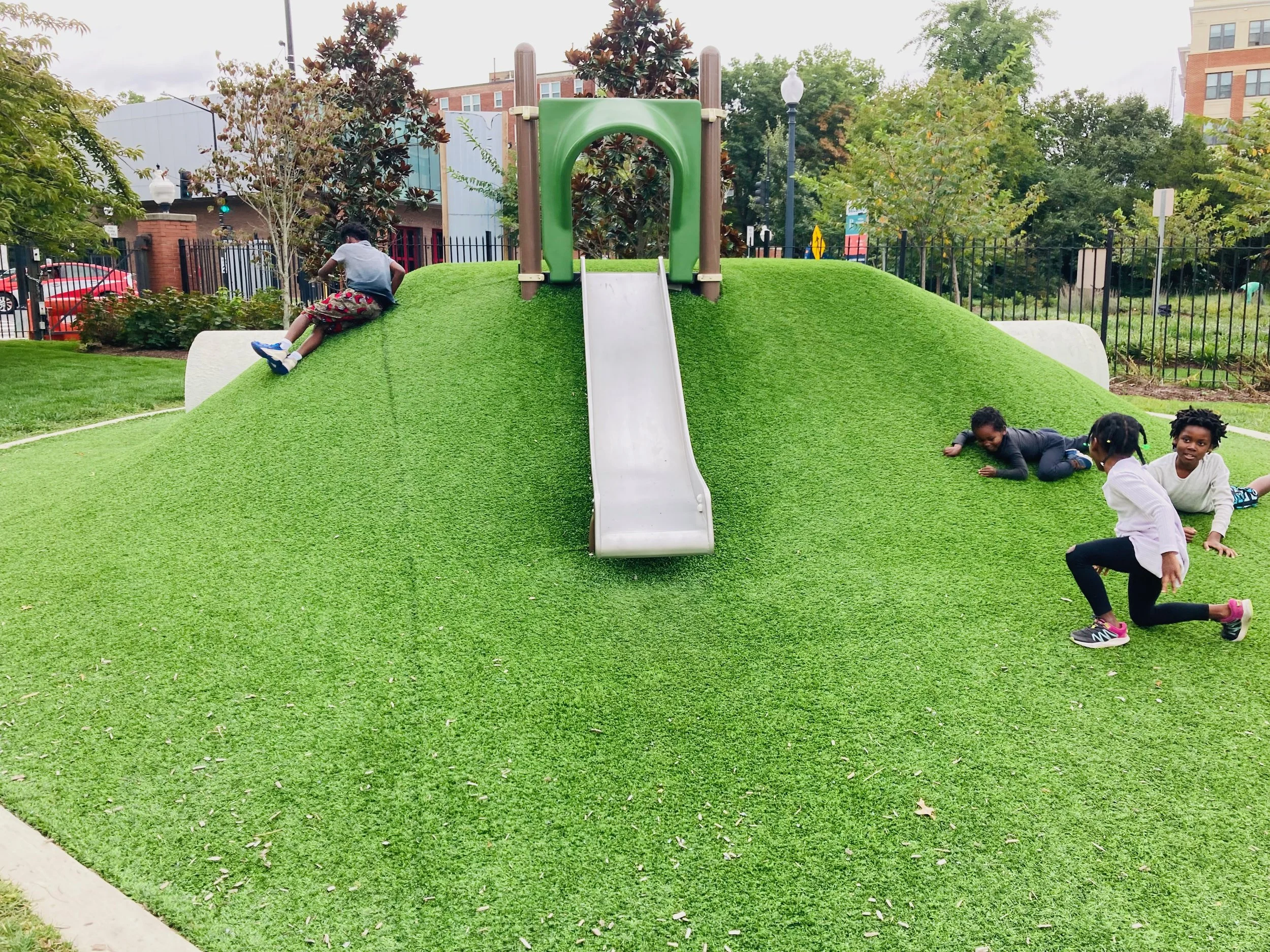Creating worlds of possibility: Observations and thoughts on kinetic learning
We are a family of movers. We need space and time, freedom and opportunity. Our propensity to move our bodies guides everything we do, and especially how we learn.
Movement stimulates increased brain activity, enhances the body’s ability to make lasting memories, and activates increased coordination, improvisation, and imagination.
We create more worlds of possibility by moving our bodies. Synthesis happens more rapidly, cultivating intelligent questioning, robust idea formation, and thoughtful experimentation.
Moving our bodies in joyful, expansive, liberated ways allows for deepening understandings of the intricate and miraculous nature of life, our vast systems of interconnectedness, and the role everyone plays in shaping our collaborative experience of life.
Movement is an essential element of lifelong learning. Movement is the primary signal that life is in fact present.
When we are in motion the brain reaches a more dynamic state of integration and generation. Whatever it is we’re curious about, excited about, and eager to expand our consciousness of has more neurological pathways with which to encode with knowledge.
Movement invigorates new growth in the body on a cellular level. It replenishes our blood with fresh oxygen and brings new energy, power, and functionality to each cell in our body.
Movement, in one form or another, is accessible to all living things. We can move wherever we are.
Discovering what our bodies can do is empowering, and encourages us to be responsible our bodies. We are reminded every time we move that this is the one body we will have.
Kinetic learners use their bodies to help them understand the world around them. Having space to move and explore is vital everywhere they go.
